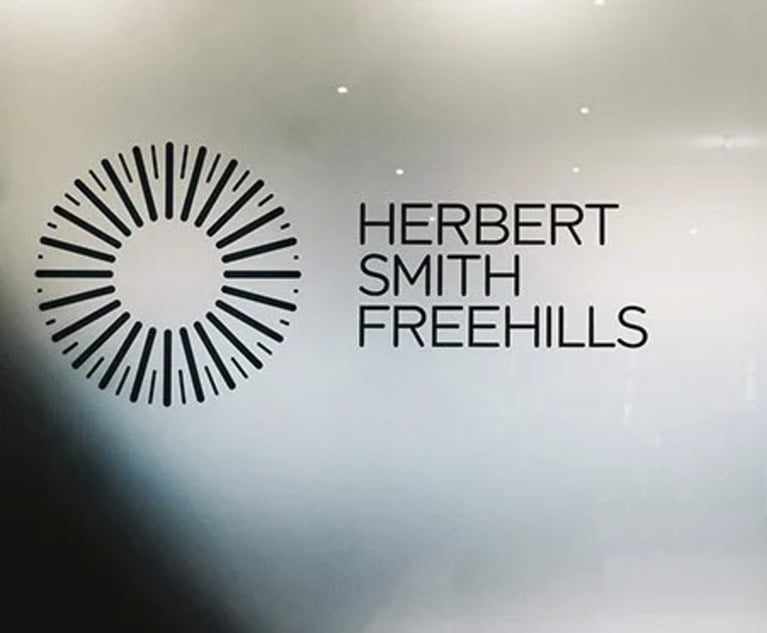Over the past few years, the occasional article has been published discussing the advent of head-hunting in London’s legal marketplace.
The general themes of such articles have been the argument that London lags behind New York (where head-hunting is endemic), the growing awareness among London firms of the need for a more proactive recruitment solution and the ‘battle’ for market share between the ‘passive’ file-search agencies and the new breed of more ‘aggressive’ head-hunters.
There is little purpose in dwelling on such tired cliches. There can be no doubt that London law firms have fully embraced the concept of head-hunting.
There are very few firms remaining that have not crossed the perceived ‘great divide’ and retained head-hunters to fill key vacancies on a proactive basis.
Why the market has changed for recruitment agencies
The late 1980s/early 1990s saw a plethora of recruitment agencies setting up in London. Most survived the recession and are now established as the market leaders in the file search/retained advertising market.
Those at the top of this particular tree have always been at pains to refute any suggestion that they would ever ‘tap’, ‘poach’ or ‘cold call’ a candidate. Their rationale (fully supported by their law firm clients) is that they cannot properly serve the market if they are – or are perceived to be – abusing information given to them by their clients.
This also allows them to act for the entire market, rather than having to choose those who are clients (from whom they cannot ‘poach’) and those who are target firms (from whom they can).
Such recruiters generally charge anything from 20% upwards. They maintain databases of candidates who have contacted them looking to move from their present positions.
Candidates register with these agencies in response to specific or generic advertisements that they have seen in the legal press, because of the agency’s reputation or through referrals.
When instructed by firms with vacancies, the agent cross-checks the details of those on his/her system to find potential ‘matches’.
The reputable recruiter will then contact candidates who are registered with them, seeking approval to send their details to the firms.
The obvious disadvantage with this form of recruitment is that the candidates need to make the first move. As a result, the firm’s choice is limited to those candidates who have actively registered their dissatisfaction with their current firm.
There are other issues to consider:
l Not all recruitment agencies are as scrupulous as the leading pack. Some apparently do ‘cold call’ candidates, claiming to act on behalf of firms. Usually the agency will have no such authority.
l There is the question of what actually constitutes ‘cold calling’? Is staying in touch with archived candidates on a database classified as good service or simply a neat technicality to avoid the ‘we never approach candidates’ claim?
l Profile-raising/recruitment advertising was a boon to recruiters two or three years ago but this is now on the wane. Firms have realised that expensive, glossy advertisements do not guarantee response.
The growth of marketing departments within firms has led to the recognition that a firm may be better advised to spend its advertising budget on directly marketing to its clients rather than to its peers/competitors.
l Partners, in particular, have expressed concern that even the most scrupulous of recruiters could be receiving instructions, confidential information and significant upfront costs for advertisements for a firm, and at the same time handling the CVs of partners and assistants looking to leave that firm.
This has led to some partners requesting ‘no handling’ clauses in agreements where, in return for recruitment assignments/advertising campaigns, the recruiter agrees not to handle CVs from that firm for a defined period.
Although most experienced human resource directors regard the situation pragmatically, some partners strongly believe in a ‘them and us’ culture – an agency cannot properly be acting for them if it is helping people to leave.
This leads us to the more focused head-hunting approach.








